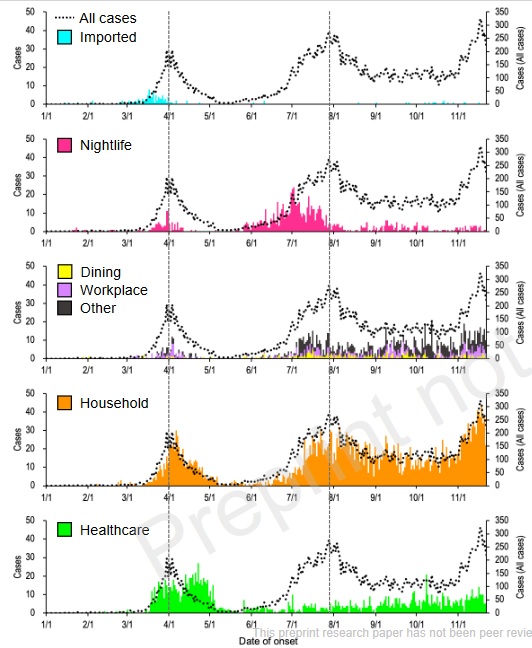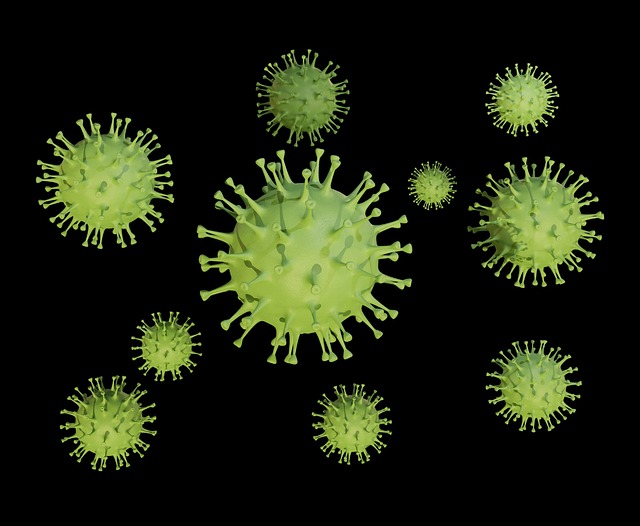The nightlife environment was the driver of the spread of COVID-19 in Tokyo, Japan, during the early stages of the virus’ emergence while home and healthcare environments were downstream in transmission chains.
This was postulated in a preprint published in the journal The Lancet , in which the authors also concluded that “surveillance and countermeasures targeting nightlife should be prioritized to interrupt the transmission of COVID-19, especially in the initial stage of a pandemic.” epidemic".
The spread of COVID-19 requires multiple “superspreader events” (SSEs) within transmission chains. However, “there is a paucity of studies on the heterogeneous interconnectedness of SSEs occurring in different social settings using large real-world epidemiological data.”
To obtain them, a team from Tohoku University, Japan, analyzed 44,054 confirmed cases in Tokyo between January 23, 2020 and December 5, 2020. They then identified epidemiological links and classified their occurrence into seven transmission settings: imported, nightlife, restaurants, workplace, home, healthcare and others. The objective was to elucidate the factors associated with the generation of SSE and subsequent transmission.
Transmission settings were identified in 13,122 cases, including 6,768 household cases, 2,733 in healthcare settings, and 1,174 nightlife-related cases.
“Our study detected more than 6,600 transmission settings, and nightlife and healthcare settings were most likely to involve ≥5 cases. "Nightlife cases appeared in the earliest phase of the epidemics, while household and healthcare cases appeared later ," the authors noted.

Figure 1. Daily number of COVID-19 cases by different transmission settings based on start date
“After adjustment for transmission environment, sex, age group, presence of a symptom, and wave, household and healthcare cases were less likely to result in subsequent transmission compared to lifetime cases. ” nocturnal (adjusted odds ratio: 0.03 [95% CI: 0.02 –0·05] and 0·57 [95% CI: 0·41–0·79], respectively).”
Finally, they added that domestic environments facilitated intergenerational transmission , while non-domestic environments primarily comprised transmission between the same age group.
















